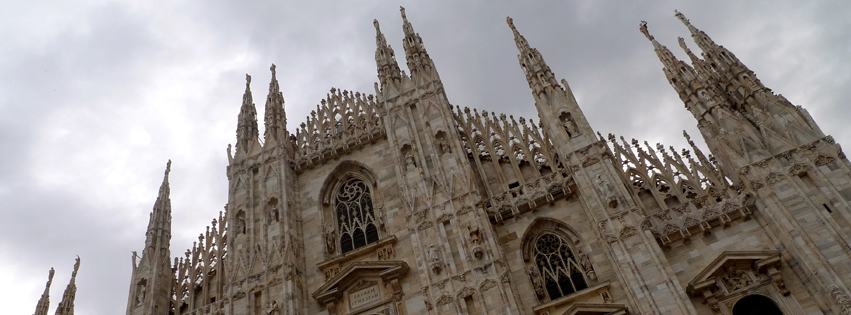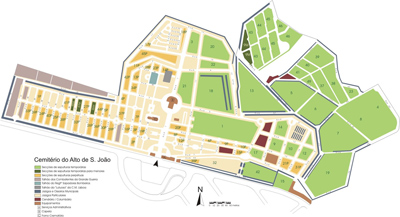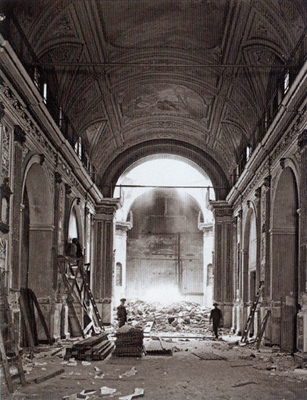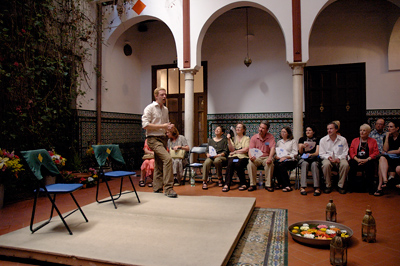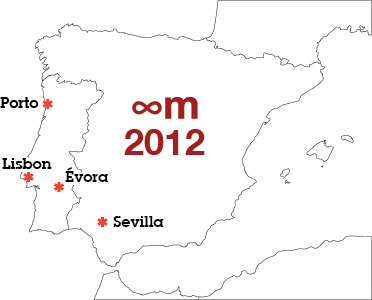milano: cimitero monumentale
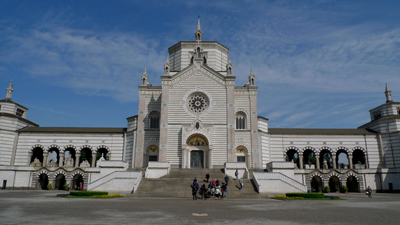
Argentine sources like to rank what some claim to be the top three cemeteries in the world: Père Lechaise, Staglieno & Recoleta… but I’m not sure I can agree with that list after visiting the Cimitero Monumentale in Milan. Rankings are far from impartial, so I’ll go out on a limb & say it: Recoleta has nothing on Milan’s main cemetery. It’s much bigger & packed with even more gorgeous statuary. It’s greener & extremely well maintained. One thing is for sure: if I lived in Milan, I’d start AfterLife II!
Read More »milano: cimitero monumentale